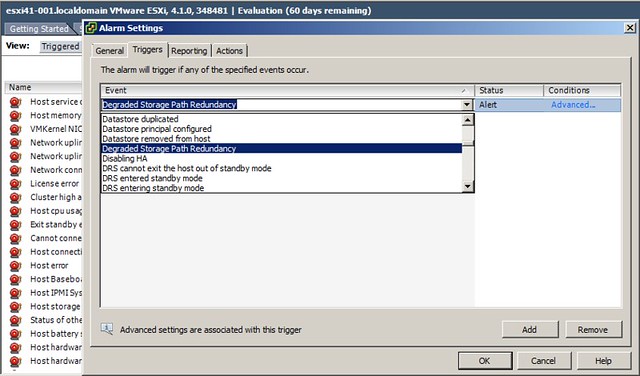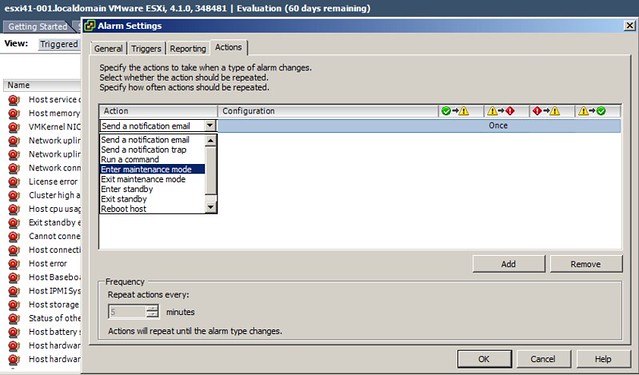After 14 emails with absolutely no reply whatsoever our book, vSphere 4.1 HA and DRS Technical Deepdive, popped up on both the German and UK version of Amazon. For those who haven’t ordered it yet through comcol.nl you can also get it here:
Sorry about the delay and I hope they will continue selling it for a very long time. (It seems they don’t have it on stock currently so delivery might take a while.)
<edit – 15/03>
And in France as well through Amazon I just noticed
</edit>

